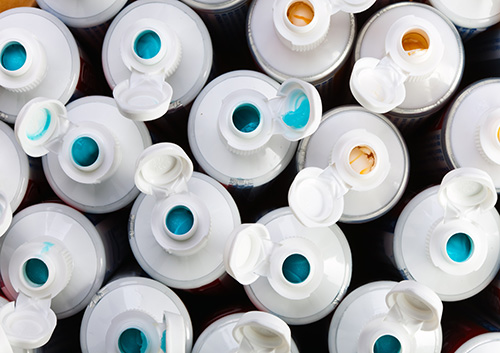
The best way to avoid orthodontic emergencies is to know how to take care of your braces properly throughout your entire treatment. However, emergencies are … well, emergencies, and sometimes no matter how cautious you are or how well you take care of your braces, the wires loosen, the bands pop, or you experience orthodontic discomfort.
Common orthodontic emergencies include broken braces, poking wires, lost or broken retainers, mouth sores, and mouth injuries sustained playing sports, which often happens when you don’t wear a mouthguard to protect your teeth and appliance.
Food
It’s important to avoid foods that can damage your braces. Most people wear braces for about two years. All chewy, sticky, crunchy, and hard foods should be avoided during that time. While this may seem like a long time to go without popcorn or bubble gum, hard foods can break the brackets of your braces and sticky foods can bend the wires. If you have a loose wire, don’t try to fix it yourself. Call Lauritzen Orthodontics. In the meantime, if a wire is poking into your cheek or lip and causing irritation, put wax or a wet cotton ball over it to dull the sharp edge.
Pain and Discomfort
Some discomfort is a normal part of orthodontic treatment, especially in the hours after the braces are placed on your teeth or after a recent tightening or adjustment. However, if the pain doesn’t subside in three to five days, it’s a good idea to schedule an appointment at Lauritzen Orthodontics. Until then, try dissolving a teaspoon of salt in an eight-ounce glass of water and gargling with the solution. Over-the-counter pain medication will relieve discomfort, too.
Playing Sports
Just because you wear braces doesn’t mean you can’t play sports. You just need to take some extra precautions. Sports-related injuries to the mouth and jaw are common. The best way to protect your mouth and your appliance is to wear a mouthguard. There are several different types of mouthguards available, so be sure to ask Dr. Clifton Lauritzen what’s best for you.
Brushing and Flossing
In order to keep your braces in good condition and avoid orthodontic emergencies, it’s important to brush and floss thoroughly after every meal. It’s easy for small particles of food to get trapped in your braces, and if the food isn’t removed, it gets wedged between the teeth and gums and causes plaque.
Need more tips on how to avoid orthodontic emergencies? Just ask any member of our Merced, CA team.





